The William Lindley Waterworks, also known as the Warsaw Water Filters, is a historical water treatment plant located in Warsaw, Poland. Built in 1886, the plant served as the main source of potable water for the residents of Warsaw until 1974.
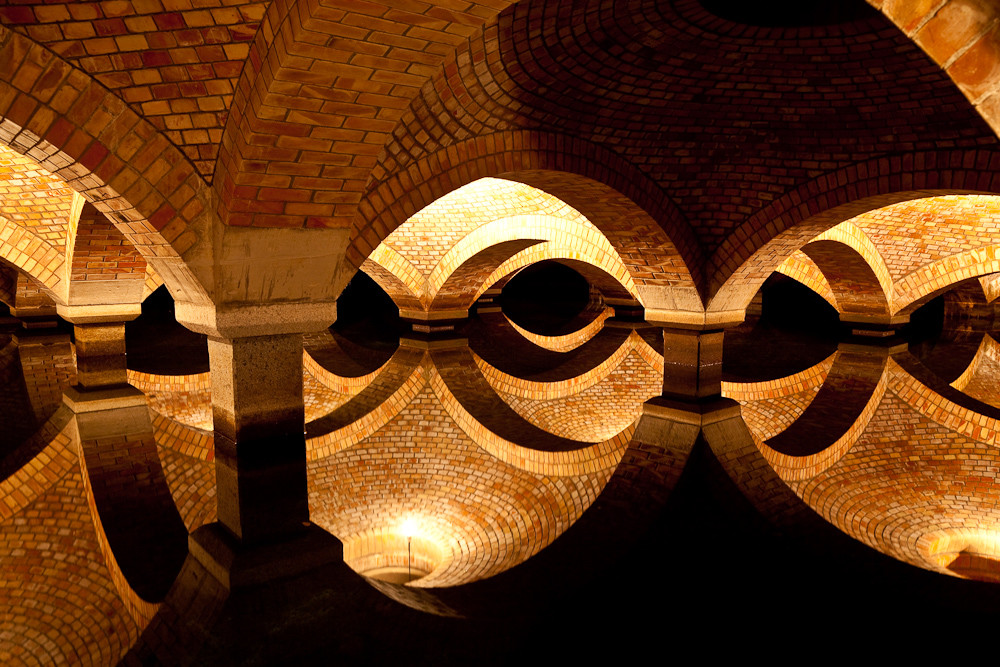
History of the Warsaw Waterworks
The William Lindley Waterworks owes its existence to the efforts of William Lindley, a British engineer who was responsible for the design and construction of many water and sewage systems in Europe. Lindley was commissioned by the City of Warsaw to design a water filtration plant in response to the growing demand for clean drinking water in the city.
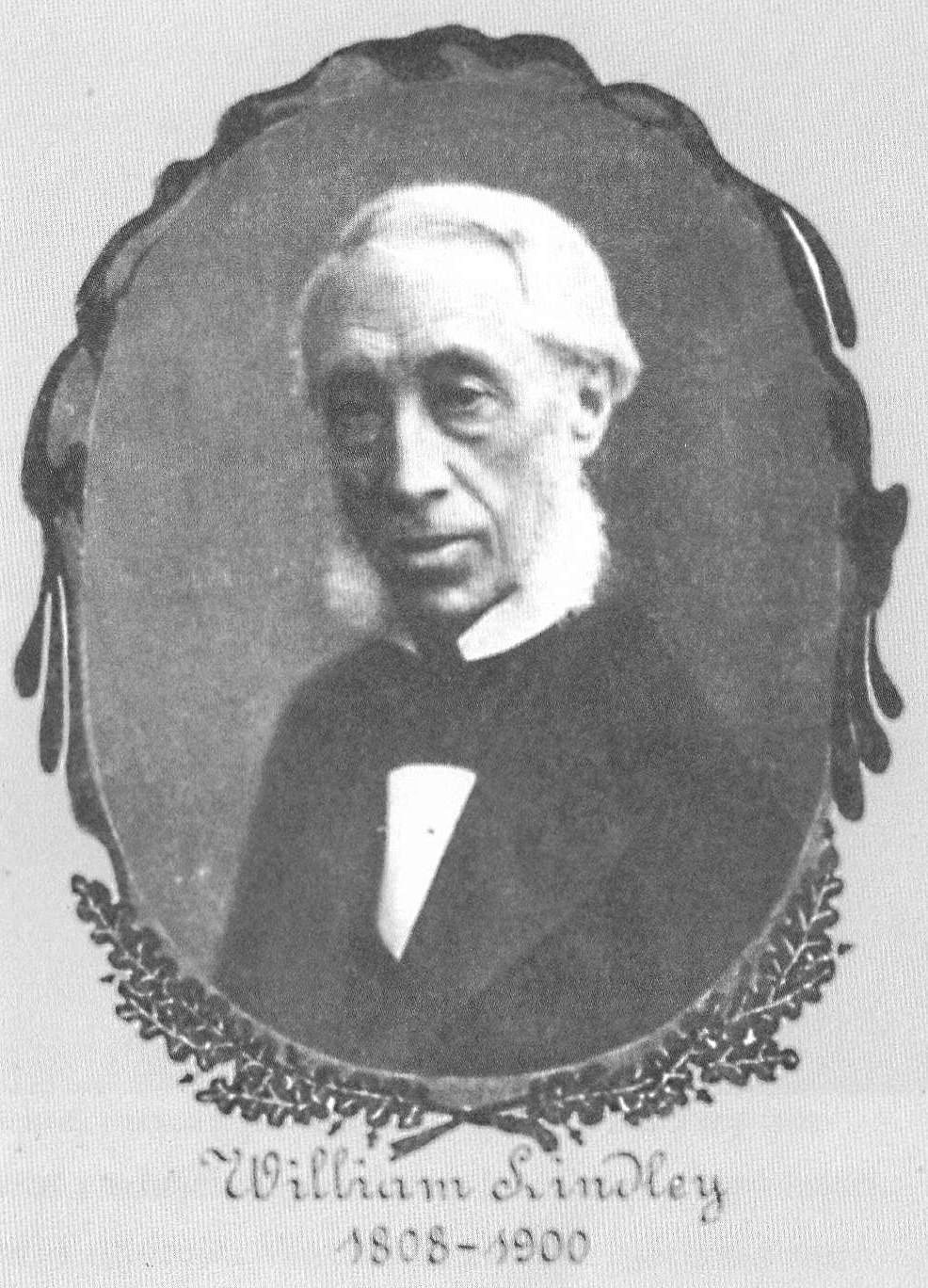
the marvel of the Warsaw Water Filters site! |
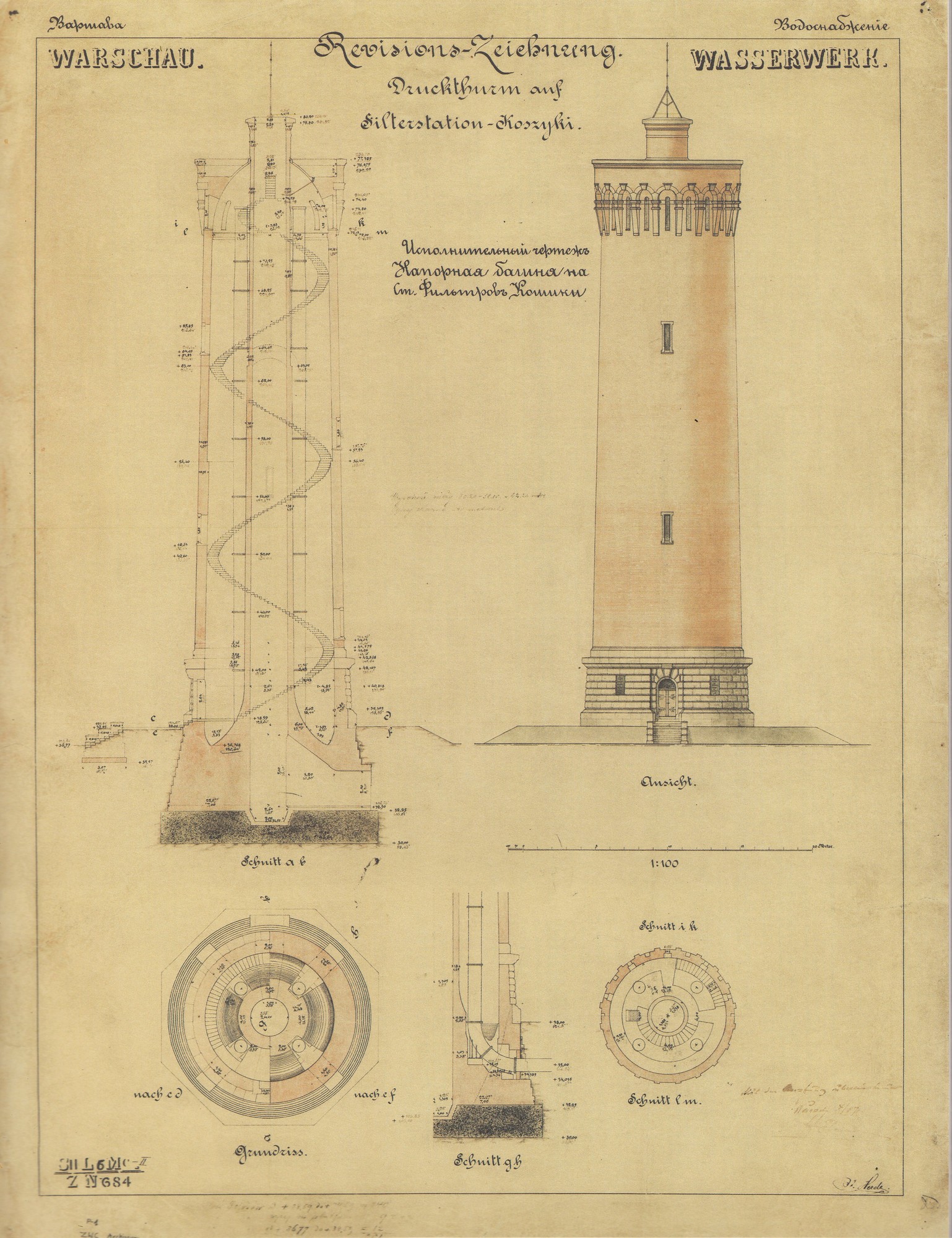
in the filter station complex in Warsaw. |
Construction of the waterworks began in 1883 and was completed in 1886. The plant was designed to treat water from the Vistula River, which was the main source of water for the city at the time. The waterworks utilized a sand filtration system, which was a new and innovative method for water treatment at the time.
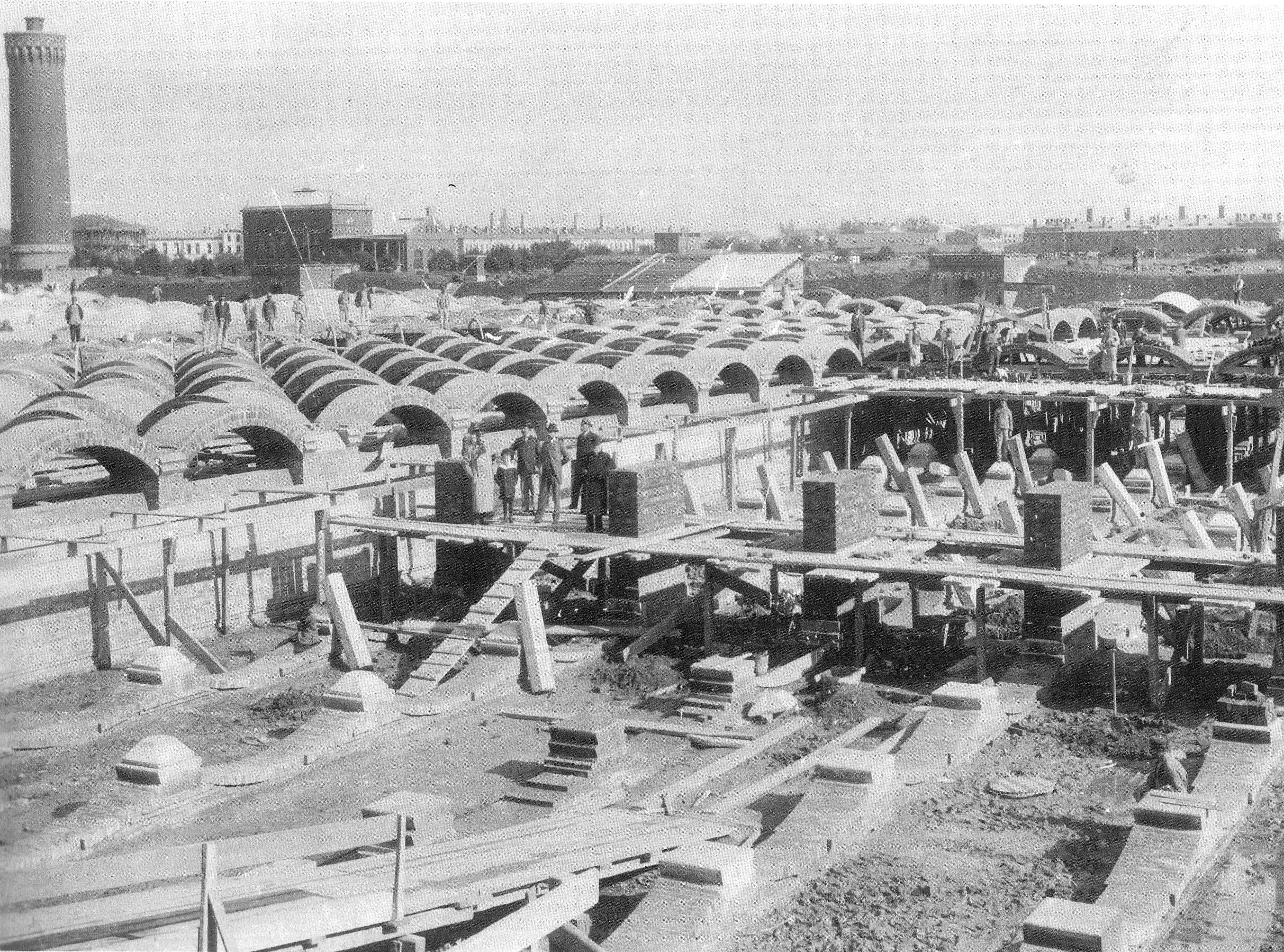
Visiting Lindley Waterworks
Today, visitors to the William Lindley Waterworks can explore the plant and learn about the history of water treatment in Warsaw. The museum features exhibits on the design and construction of the waterworks, as well as the technology and methods used for water treatment at the time. Visitors can also take a guided tour of the plant, which includes a visit to the sand filtration beds and the chlorine chamber. The William Lindley Waterworks is not only a historical landmark but also a symbol of the importance of clean drinking water for public health. The plant played a crucial role in improving the quality of life for the residents of Warsaw and is a reminder of the innovative thinking and engineering prowess of the 19th century!Visiting the site is possible in July and September on selected Saturdays. For this reason, the number of available tickets is usually very limited!
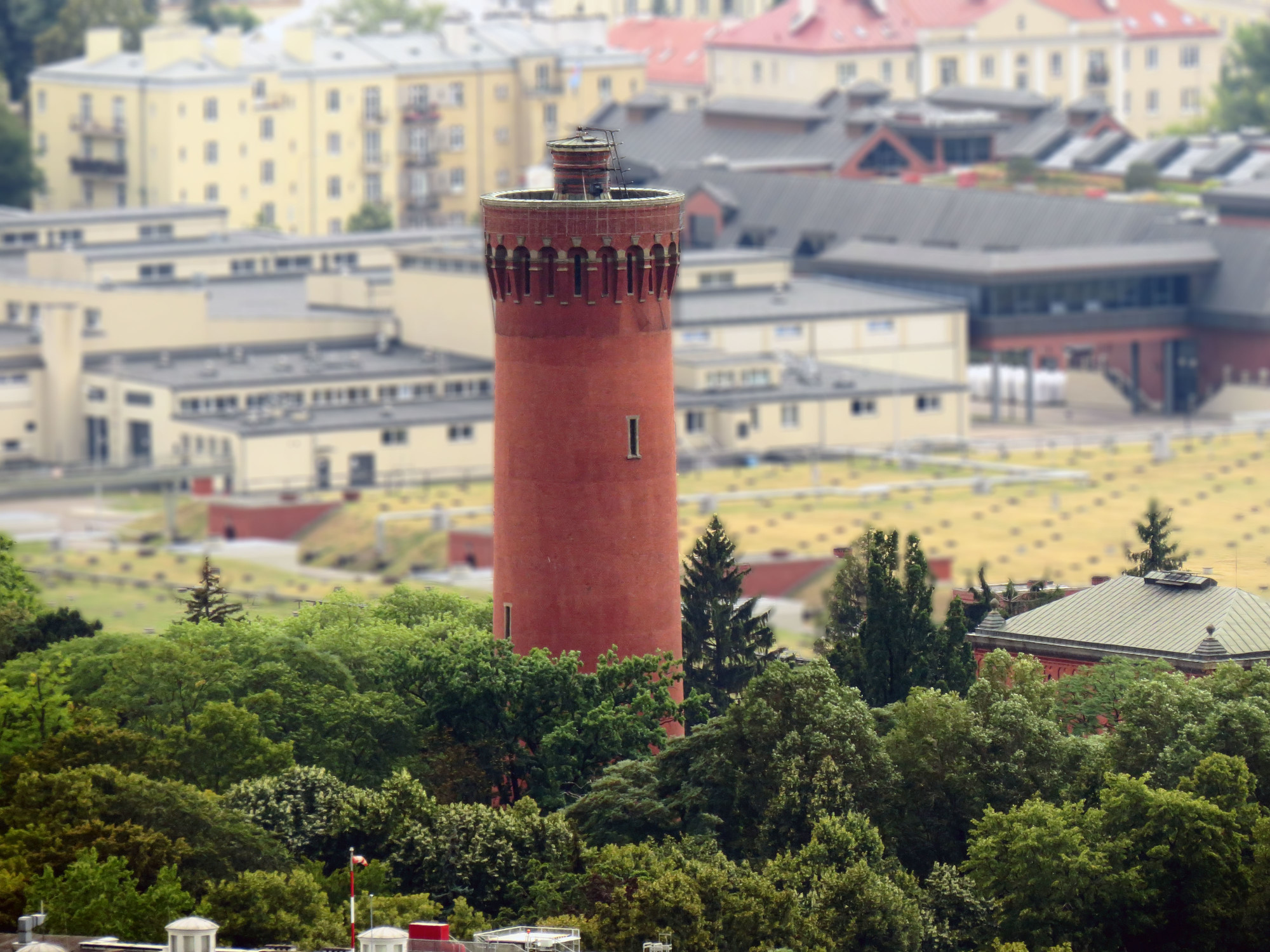



Comments